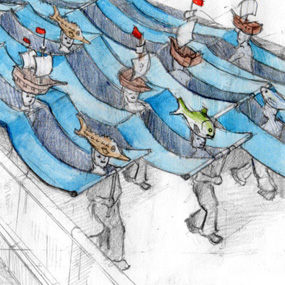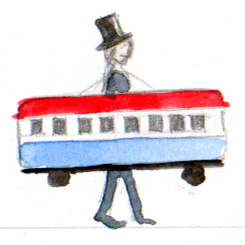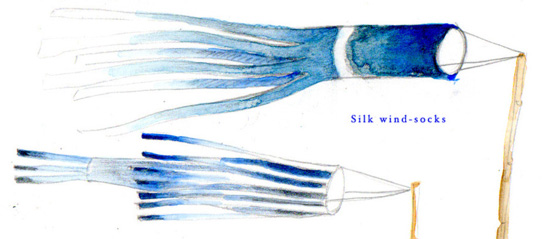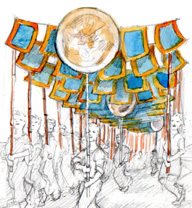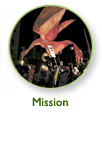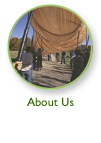HISTORY: A Bridge Reborn
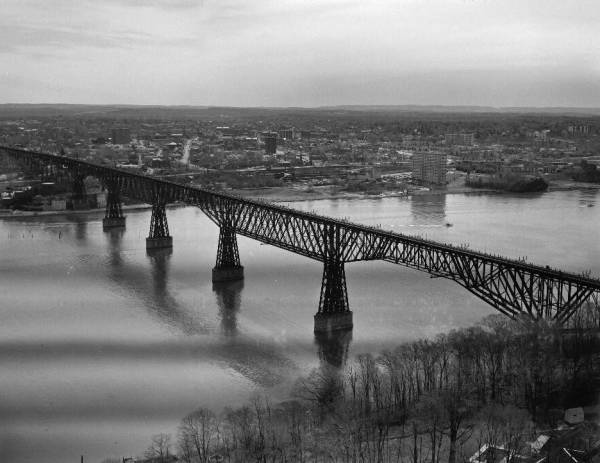 October 3, 2009, marked the opening of the Walkway over the Hudson, completing the transformation of the historic Poughkeepsie-Highland Railroad Bridge into a mile-long pedestrian path soaring 212 feet above the Hudson River. Completed in 1881, the bridge was considered an engineering marvel and the longest bridge in the world at the time, spanning over 6000 feet. Closed after a track fire in 1974, it remained abandoned until a grassroots restoration effort began in 1992 with the founding of Walkway Over the Hudson.
October 3, 2009, marked the opening of the Walkway over the Hudson, completing the transformation of the historic Poughkeepsie-Highland Railroad Bridge into a mile-long pedestrian path soaring 212 feet above the Hudson River. Completed in 1881, the bridge was considered an engineering marvel and the longest bridge in the world at the time, spanning over 6000 feet. Closed after a track fire in 1974, it remained abandoned until a grassroots restoration effort began in 1992 with the founding of Walkway Over the Hudson.
OPENING PROCESSION: Water, Steam, Air
The Walking on Air Procession marked the first public steps across the Walkway, as the bridge became the stage for a site-specific performance artwork created and performed by several thousand volunteers. Two simultaneous processions set out from opposite ends of the bridge, embodying not only the east and west shores now joined by the Walkway, but also the history of the Hudson itself as a convergence point of cultures (native and European), economies (maritime and local), and ecologies (salt and freshwater).
We set up our ad hoc workshop in an empty storefront on Main Street in Poughkeepsie (a generous donation by local businessman, Jim Milano). Over a span of several months, more than 200 local volunteers came through the doors, not contributing not only their handiwork but also personal stories, historical minutiae, and images – all detailing a complex, deep, and multigenerational relationship with the bridge. Some were the children or grandchildren of rail workers. Others grew up in the waterfront neighborhood, watching endless cars pass over its eastern span. And some remembered sneaking onto the abandoned bridge in its as teenagers. As we collected these stories, we incorporated them into the overall design plan, which evolved into a highly personal expression of local history.
The procession evoked three distinct periods in the bridge’s history. Act One, entitled Water, explored the early maritime history and unique tidal ecology of the Hudson. Act Two, Steam, celebrated the architecture of the Rail Bridge itself, and its role in the industrial age of coal and commerce. Act Three, Air, completed the upward progression and celebrated what the bridge had become, a breathtaking passage into thin air. We developed simple wind-engines to catch the wind and mark the transformation of the bridge into a human-centered space, and our transcendence from the Coal Age to an imminent future of local, human-scaled power.
50 TOWNS and 50 ARTISTS: Flags and Emblems
The overall intent of the Walking on Air Procession was to create an essentially grassroots local event, yet on a monumental scale befitting the structural and historical stature of the Bridge. With this in mind, Walkway Celebration Coordinator Jeanne Fleming tasked us to come up with a design plan for elements that could be created in the 50 towns and villages on either side of bridge. In June, we led workshops throughout Ulster and Dutchess Counties to lay the groundwork for selected artists to make 50 individual Town Emblems and to lead their communities in the creation of thousands of unique flags, to be carried as a canopy of local color. The resulting Parade of the Towns enlisted the artistic reflections over a thousand Hudson Valley participants of all ages and backgrounds.
